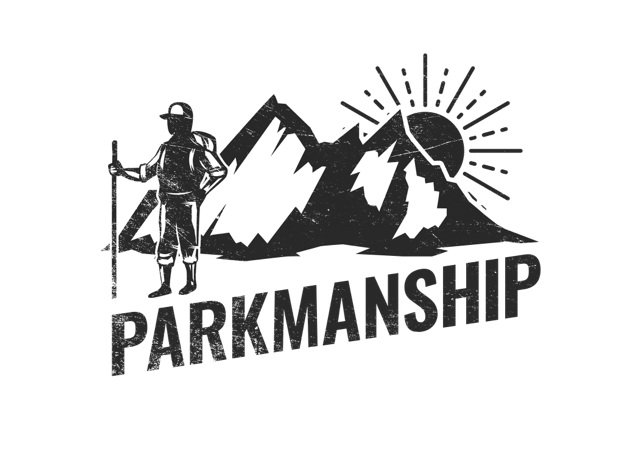Dispatches From the Parks: Cumberland Gap National Historical Park
At the point where Virginia, Kentucky and Tennessee meet is one of the most fascinating parks in the National Park Service: Cumberland Gap National Historical Park. The Cumberland Gap is a historical treasure trove. It was originally a pass that bison would use to cross from one side of the Appalachian Mountains to the other and that directly led to a long Native American history (mostly the Shawnee and Cherokee had roots here). Culturally it is most famous for Daniel Boone making the area known to whites and the area’s history lasts into the American Civil War where both sides jockeyed for control of the area. Due to this park’s long sense of exploration history and seemingly vast wilderness, this had been on my bucket list for a long time.
Fortunately, I was able to visit Cumberland Gap National Historical Park last month right in the middle of peak fall foliage. My journey began at the park’s visitor center, which looks recently renovated. The information desk and main exhibit look new, and there is a soundtrack of all of the local sounds piped throughout the visitor center. It was through this soundtrack that I learned that elk live within the park as their call played throughout the building every couple of minutes or so. I didn’t see any elk in person while I was at the park, but this did not detract from my visit. I had a fun time exploring the history exhibit, which goes way beyond the Daniel Boone era. As I stepped out from the visitor center, I noticed a flock of turkeys wandering around the field out front, which was a perfect encapsulation of this park.
The rest of my time in the park was spent mostly outdoors. I was running a bit short of time so I took a quick drive over to Pinnacle Overlook. It was here that I experienced some of my favorite fall colors on my trip to southern Appalachia. On my walk to the overlook I also crossed the Virginia-Kentucky boundary line. This made me think of home as it was the closest I had been to home in a week. Surprisingly, this isn't the most substantial boundary line in the park. I headed over to the Tri-State Peak Trail, which is a busy trail down the road from the park’s main picnic area. The trail is filled with interesting and well-maintained signs telling you about the history of the area. However, the highlight is the eponymous peak where Virginia, Kentucky and Tennessee all meet. It was a unique experience to stand there in three states, and the only place similar to this that I have been is Harpers Ferry where you can look out to where the Potomac and Shenandoah Rivers meet (which also happens to be the point where Maryland, Virginia and West Virginia meet).
Despite only spending a morning at Cumberland Gap National Historical Park, I enjoyed my time there. It lived up to all of my expectations, and I believe that this is one of the best places that America has to offer in terms of scenery and American history.




